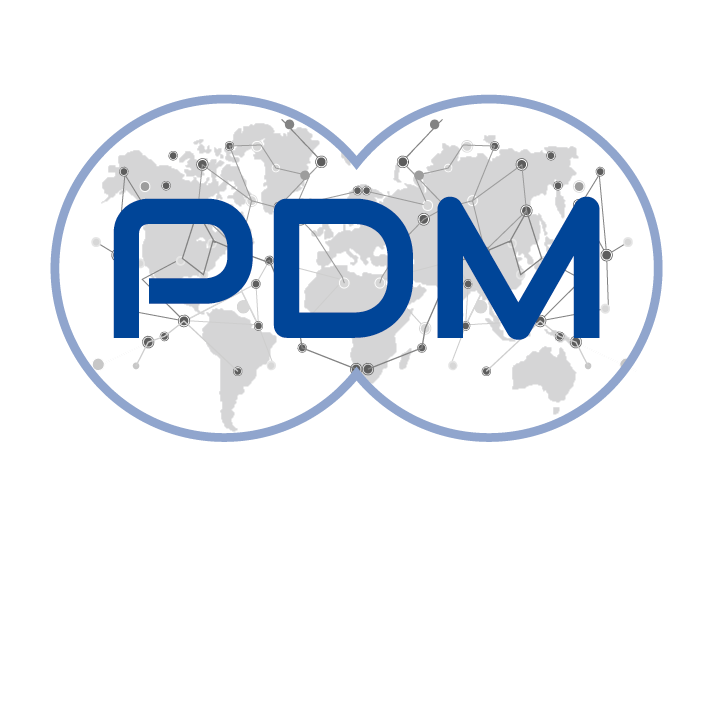Page content
The Linkage between Primary and Secondary Markets for Eurozone Sovereign Debt: Free Flow or Bottleneck?
In this paper, the authors investigate the consequences of interlinked sovereign bond markets in the Eurozone for the transmission of yields, liquidity and market conditions, specifically, the impact of sovereign bond auctions on secondary markets as well as their potential feedback to the sovereign's cost of debt. This linkage is established by the actions of financial intermediaries, the so-called primary dealers, who participate in sovereign bond auctions, and are also active as market makers in the secondary markets of multiple countries. The authors develop a model of financially constrained primary dealers that would like to buy newly issued bonds and may consider selling a proportion of their existing inventory, while providing liquidity in the secondary market at the same time. Their model produces optimal inventory levels for existing- and newly issued bonds that can be related to predictable price movements around sovereign bond issuances. Empirically, the authors find support for their model and its resulting hypotheses and propositions, i.e., primary dealers tend to liquidate more liquid and more risky bonds from their inventory in order to be able to participate in sovereign bond auctions and minimize the impact of the auction on their portfolios. The ability of primary dealers to participate in these auctions may depend on different market conditions. Last, the authors find that financial constraints impose costs for market participants that are, eventually, borne by the sovereign through the linkage between markets.



